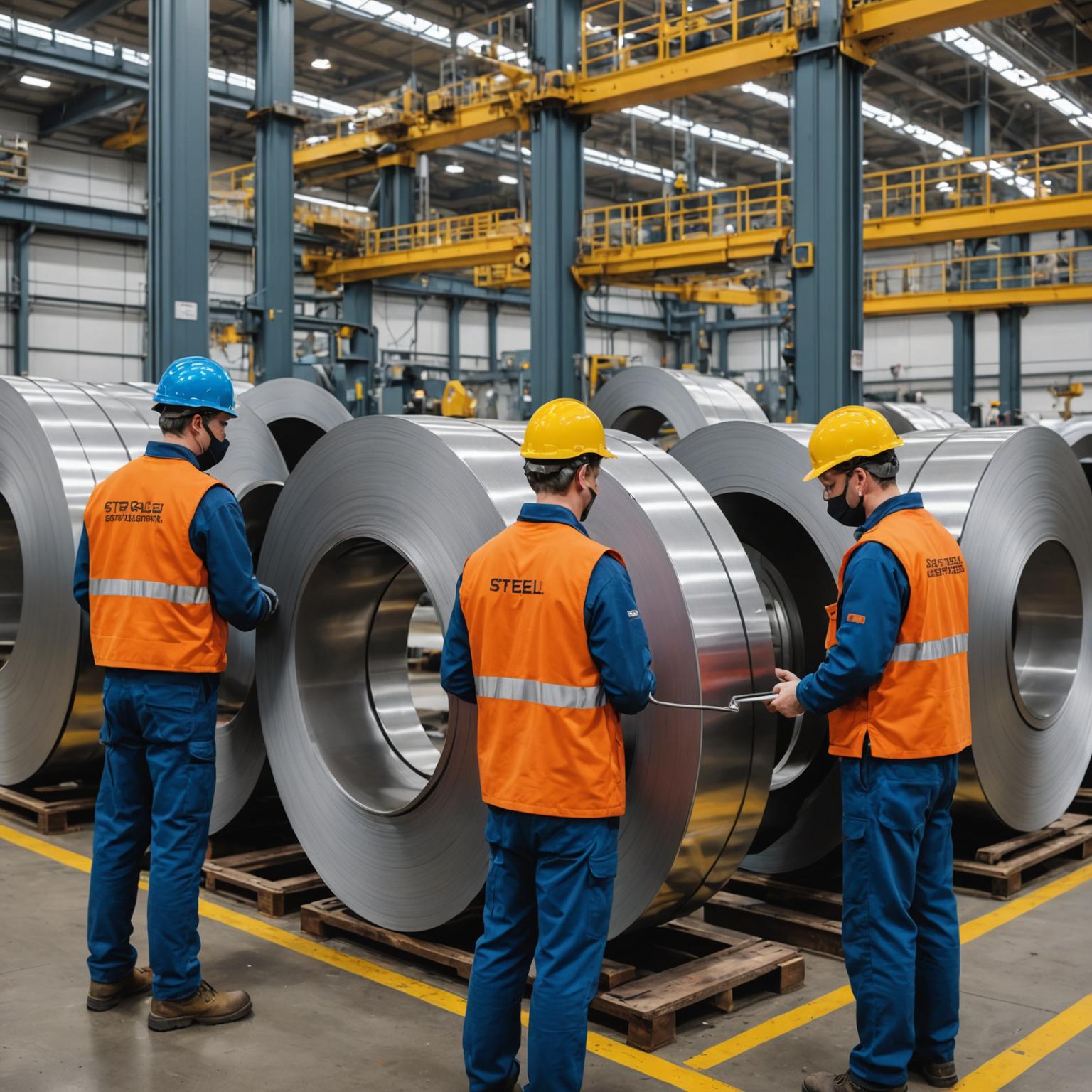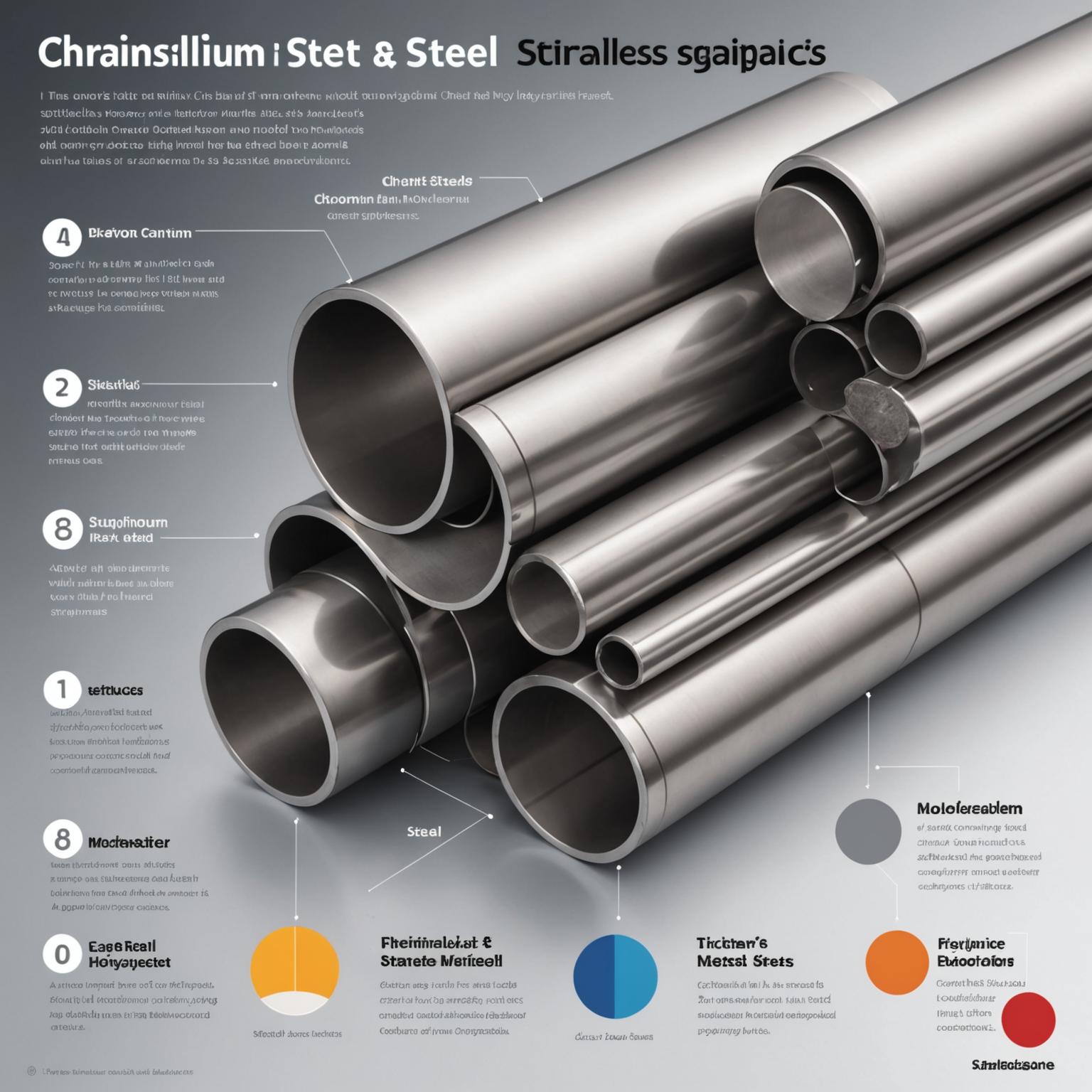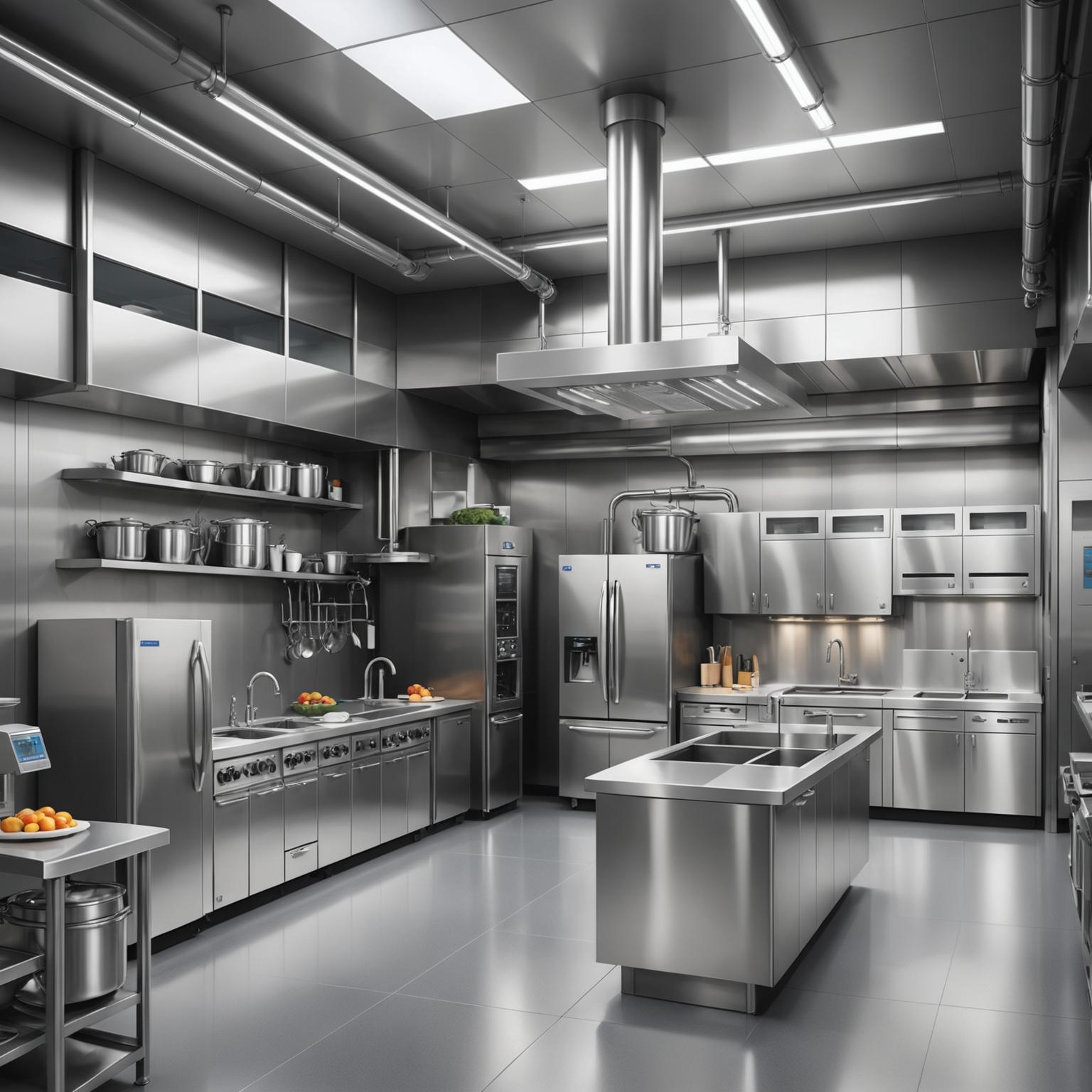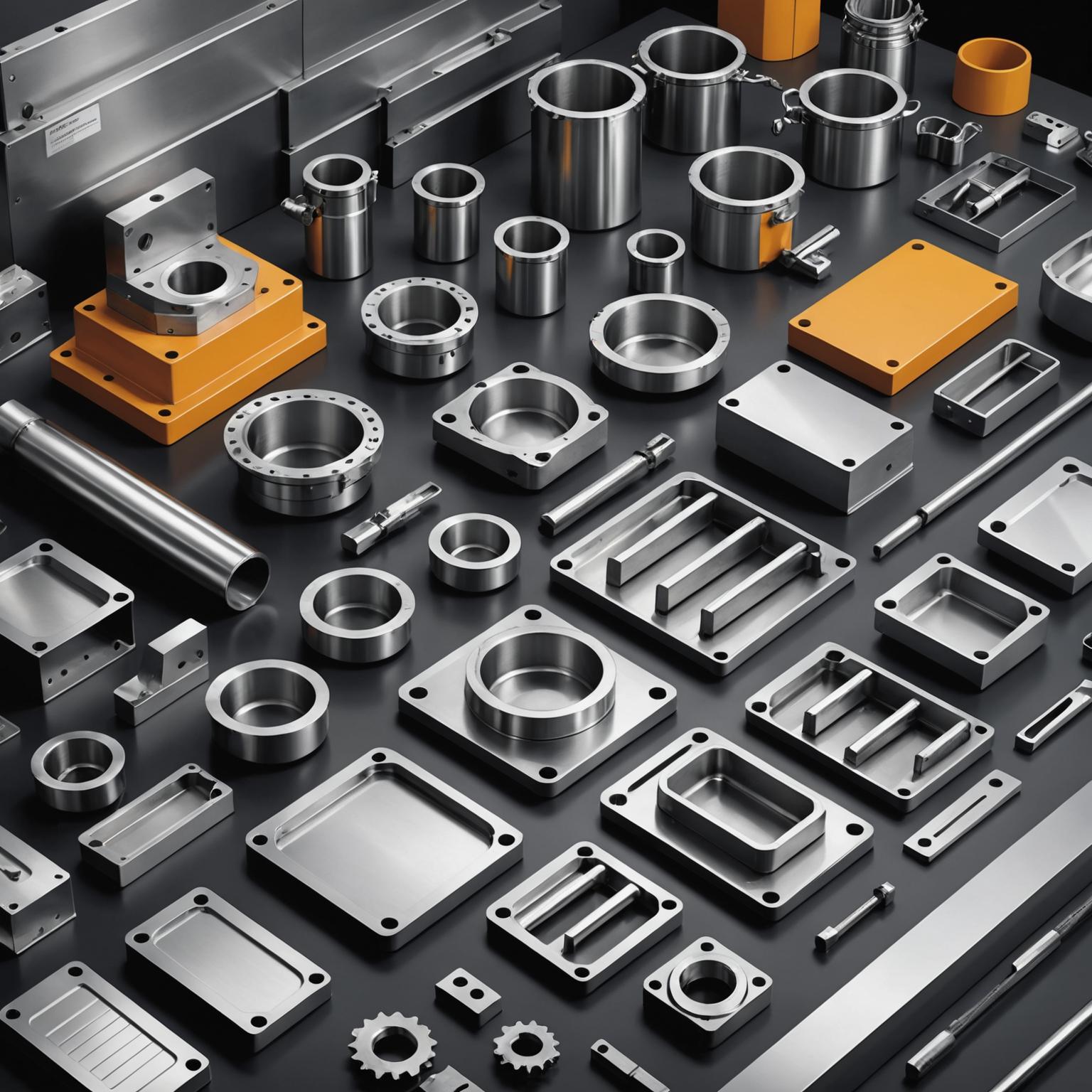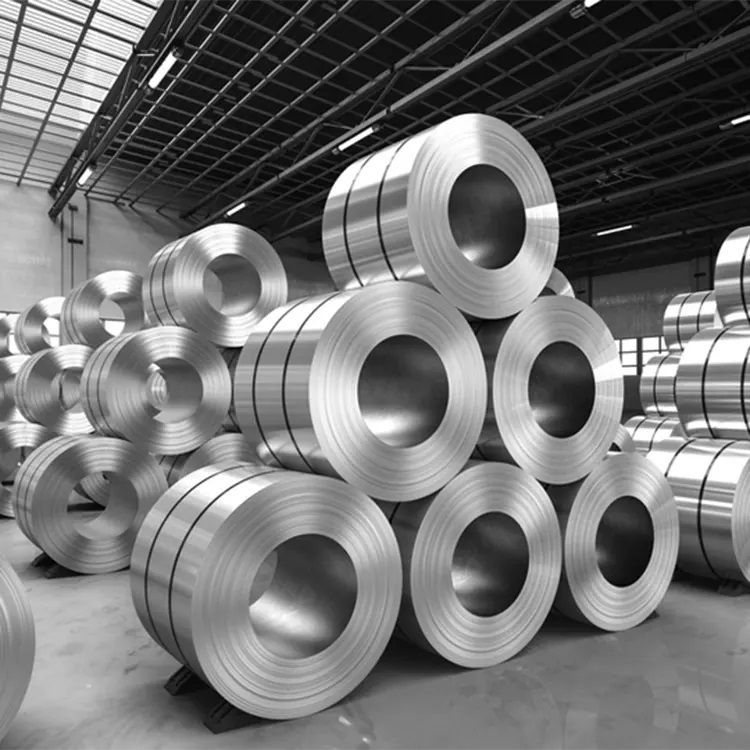Introduction to Stainless Steel Plates
Stainless steel plates, or stainless steel plates, are among the most versatile and commonly used materials in various industries. Know for their durability, resistance to corrosion, and aesthetic appeal, stainless steel plates find application in construction, manufacturing, and household projects. In this article, we will explore key aspects of stainless steel plates, including their specifications, uses, and other essential factors.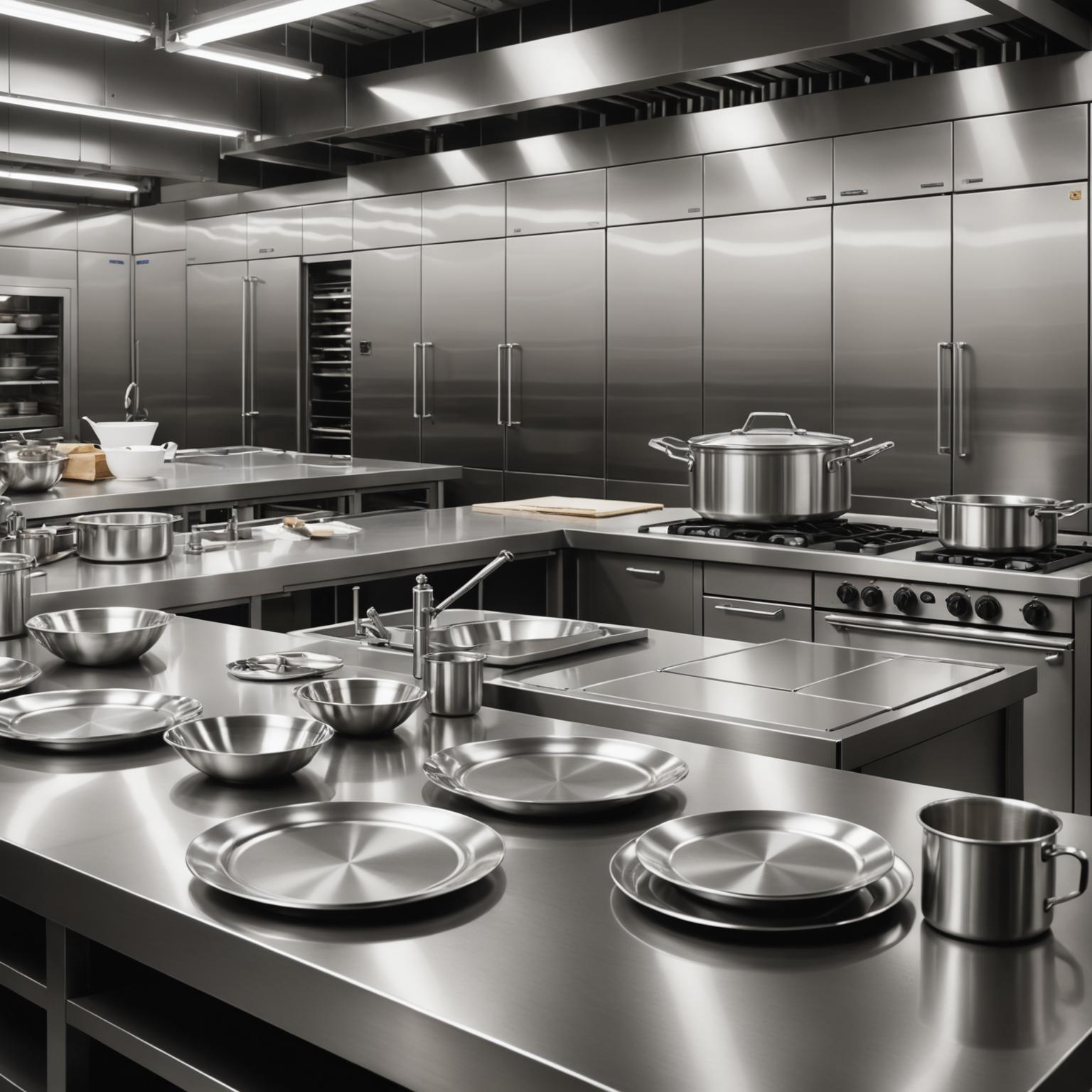
Specifications of Stainless Steel Plates
When selecting stainless steel plates for specific applications, understanding its specifications is vital. Stainless steel plates come in various grades, thicknesses, and dimensions to meet diverse needs. For instance, the thickness of these plates can range from 0.3mm to over 100mm, allowing for uses in heavy-duty industries as well as delicate architectural designs.
Grades of stainless steel, such as 304, 316, and 430, determine the plate's characteristics, including corrosion resistance, tensile strength, and suitability for different environments. 304 stainless steel is commonly preferred for general applications due to its excellent corrosion resistance, while 316 is ideal for marine or chemical environments.
Applications of Stainless Steel Plates
Stainless steel plate uses are vast and varied. In the construction sector, stainless steel plates are integral components for building facades, roofing, and structural support. Their resistance to rust makes them ideal for long-lasting projects. Additionally, the manufacturing industry uses these plates in machinery parts, automotive components, and various tools.
In the food and beverage industry, stainless steel plates are favored for their hygiene-related benefits. They are commonly used in kitchen counters, storage tanks, and food-processing equipment. Their non-porous surface ensures that bacteria and mold have no place to accumulate, making them safe for food contact.
Furthermore, stainless steel plates are often employed in creative and aesthetic designs. From decorative panels to artistic sculptures, their polished finish and high quality add sophistication to any project.
The Importance of Surface Treatment
Stainless steel plate surface treatment plays a cruel role in enhancing the durability and appearance of these materials. Techniques such as polishing, brushing, and coating can improve corrosion resistance and ensure a flawless finish. For instance, mirror poisoning is commonly used for decorative purposes, as it produces a reflective and elegant surface.
Brushed finishes, on the other hand, create a textured look, making stainless steel plates less prone to showing fingerprints or minor scratches. Additionally, protective coatings like PVD (Physical Vapor Deposition) can improve the hardness and resistance to harsh conditions, ensuring that the plates maintain their quality over time.
Production Processes of Stainless Steel Plates
Stainless steel plate production process involves various steps to ensure high-quality output. The process begins with the melting of raw materials, such as iron, chromium, and nickel, which are alloyed together to form stainless steel. Hot rolling helps shape the material into plates of desired thickness, while subsequent cold rolling refines the surface and enhances its mechanical properties.
During production, precision and quality control are paramount. Advanced machine and techniques are utilized to eliminate defects and to ensure uniformity across batches. Specialized machine for cutting, bending, and wearing further allows for customization and adaptation to specific requirements.
Maintaining Stainless Steel Plates
Proper care and maintenance are essential to preserve the appearance and functionality of stainless steel plate. Regular cleaning using mild detergents and soft clothes prevents the accumulation of dirt and debris. Avoid using abrasive materials or harsh chemicals, which might damage the plate's surface.
For outdoor applications, periodic inspections to assess corrosion or wear can help extend the lifespan of stainless steel plates. In addition, applying protective coatings or sealants may reduce the impact of environmental elements.
Choosing the Right Manufacturer
For businesses and individuals seeking high-quality stainless steel plates, selecting a reliable stainless steel plates is cruel. Reputable manufacturers prioritize strict quality control, use advanced machine, and offer customization options that cater to specific needs. Additionally, manufacturers with extensive experience can provide guidance on selecting appropriate grades, finishes, and dimensions for particular projects.
Acceptance Standards for Stainless Steel Plates
Stainless steel plate acceptance standards ensure that the final product meets industry requirements. These standards cover aspects such as thickness accuracy, surface quality, mechanical properties, and dimensional tolerances. Trustworthy suppliers adhere to these standards, guaranteeing the durability and performance of their products.
Conclusion
In sum, stainless steel plate are invaluable for their adaptability and reliability across industries. From construction to food processing, these plates offer indispensable benefits due to their robust properties, hygienic features, and aesthetic appeal. Understanding their specifications, applications, surface treatments, and production processes enables buyers to make informed decisions. Further, maintaining these plates and choosing trustworthy manufacturers ensures optimal results. Whether for industrial use or artistic endeavors, stainless steel plates remain a cornerstone material in modern applications.



